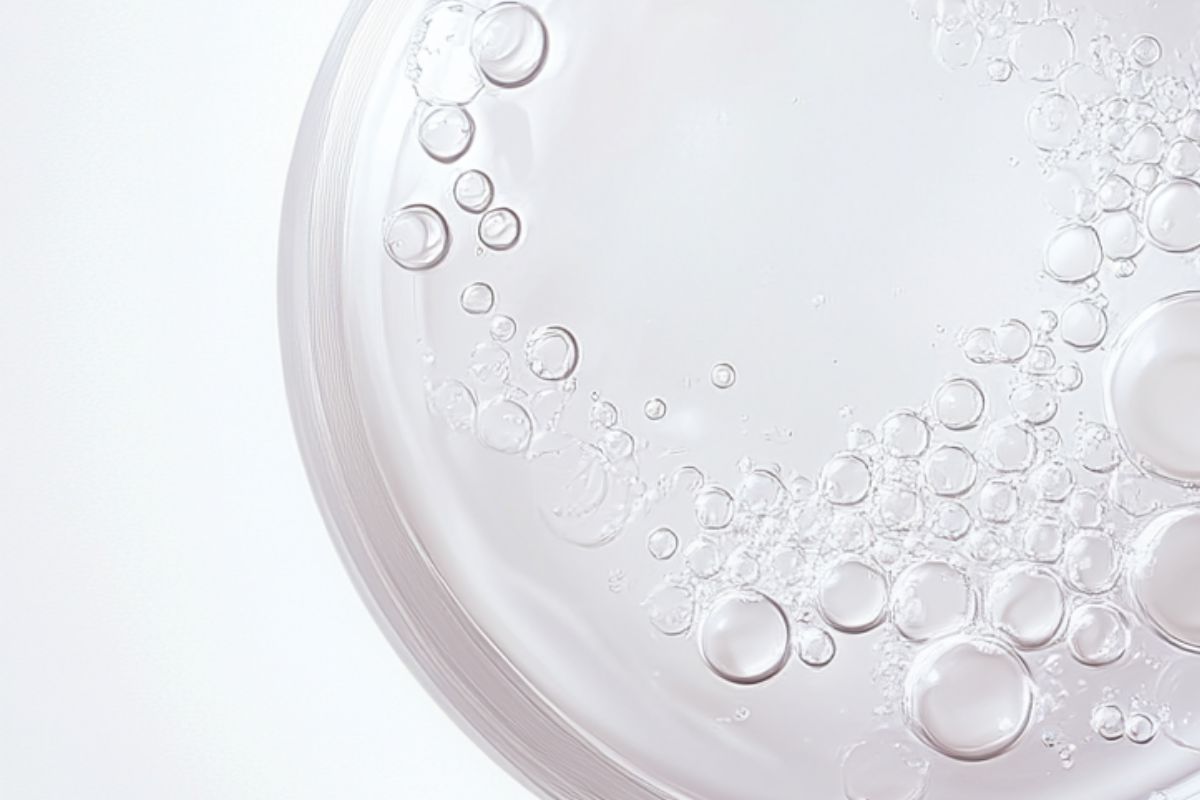Over the past few years, we’ve seen a massive shift towards a new kind of beauty – clean, fresh looks that centre around a healthy, glowy complexion. Rather than countless makeup products, at the heart of this ultra-popular new aesthetic (we’ve all watched our fair share of #cleangirl TikToks, right?) is simple yet effective skincare.
The rise of minimalistic skincare that heroes active ingredients and shuns fillers and irritants has made it easier than ever to access your best skin yet. Trust us, we’re all about the ‘less is more’ approach. One of the best skincare ingredients for unlocking healthy, happy, and glowy skin is your choice of alpha hydroxy acids (AHAs). AHAs are amazing chemical exfoliants that put the physical scrubs and disastrous peels of yesteryear to shame, instead encouraging fresh new skin cells to appear through a gentle resurfacing process.
If a glowy complexion in one step sounds like your jam, keep reading as we break down AHAs in this comprehensive guide to one of the skincare world’s secret weapons.
What is AHA?
AHA stands for ‘alpha hydroxy acid’, of which there are quite a few, including some you’ve probably heard of or even used. Glycolic acid, lactic acid, citric acid, and malic acid are amongst the most common AHAs. These ingredients are typically found in nature – for instance, citric and malic acid are both derived from fruit, whereas lactic acid has its roots in dairy products, and glycolic acid comes from sugar cane. Depending on the AHA-based product you’re using, you might find that the acid in question is naturally sourced, but it’s more likely it has been synthetically recreated so it can be produced easily.
Their job, at the correct concentration, is to gently chemically exfoliate the skin and remove dead skin cells to reveal fresh, new ones. AHAs also work to bind moisture to the skin for a hydrating effect when used in conjunction with a moisturising product, however, gentle exfoliation is definitely their most recognised benefit.
How do AHAs work?
AHAs are chemical exfoliants that work their magic without any physical friction, which reduces the potential for irritation, redness, or over-exfoliation. When you swipe your favourite AHA-based product over your skin, it works hard to break down the bonds that hold your skin’s cells together and increase their turnover, freeing old, dead skin cells to be sloughed away in favour of new ones.
Alpha hydroxy acids are also humectants, which means they attract and bind water to the skin for increased hydration. You’ll find humectants in any number of products, including body and haircare favourites along with skincare. They’re crucial if you experience dryness or dehydration, as they’ll ensure moisture is locked in after it’s applied in one form or another.
Who should use AHAs?
With acid in the name, you might be a little wary about adding AHAs into your routine – but regardless of your skin type, there’s very little to fear. AHAs have proven to be beneficial for all skin types, including sensitive skin, and when held up against BHA (beta hydroxy acid) products, are the gentler option of the two.
While absolutely anyone can marvel at the miracle of AHA skincare, these ingredients are particularly effective for a few skin types, including dry, dull, mature, and uneven or hyperpigmented skin. Quicker skin cell turnover can minimise the visibility of common problems for these skin types, like fine lines and wrinkles, uneven skin tone, scaliness or patchiness, and lack of lustre. All skin types, but especially mature and dry skin types, will also reap the benefits of AHAs’ humectant properties, as increased moisture equals plumper, healthier, and more hydrated skin with fewer noticeable imperfections.
Of course, like all new products, it’s important to suss any side effects or irritations for a few days before diving right into using AHAs. Simply patch test a portion of your chosen AHA on your hand and observe any reactions prior to popping it on your face. If you have sensitive skin, you might consider picking up an AHA-based product with a lower concentration of acid, or opting for a more gentle acid – lactic acid and mandelic acid are two favourites for sensitive, easily irritated skin types.
How should you use AHA skincare products?
There are tonnes of effective ways to incorporate AHA skincare into your routine, from an AHA peel at a spa to products gentle enough to be used daily and at home. However, there are a few things to keep in mind when you’re first headed down the path of chemical exfoliation with AHAs. Perhaps our most important tip is to only use products that are able to sink into the skin, such as serums, liquid exfoliators, and moisturisers – skincare that is designed to be wiped or washed off, such as masks and cleansers, will be ineffective as the AHA does not have enough time to interact with the skin and break down the bonds to free dead skin cells.
The Remake No BS Liquid Exfoliator is the perfect product to kickstart your skincare success. Formulated with AHAs and BHAs, this clever liquid exfoliator packs a punch, but in the gentlest of ways. Say goodbye to pesky dead skin cells and hello to a brighter, fresher complexion with a more even tone and texture. Apply No BS between two and three times a week after cleansing but before any serums or moisturisers. Be sure to follow with something hydrating to access the humectant properties of the AHA and lock in all that yummy moisture to the skin.
Want simpler, fuss-free skincare with lasting results? Explore the full range of easy to use, results-driven Remake skincare today.


